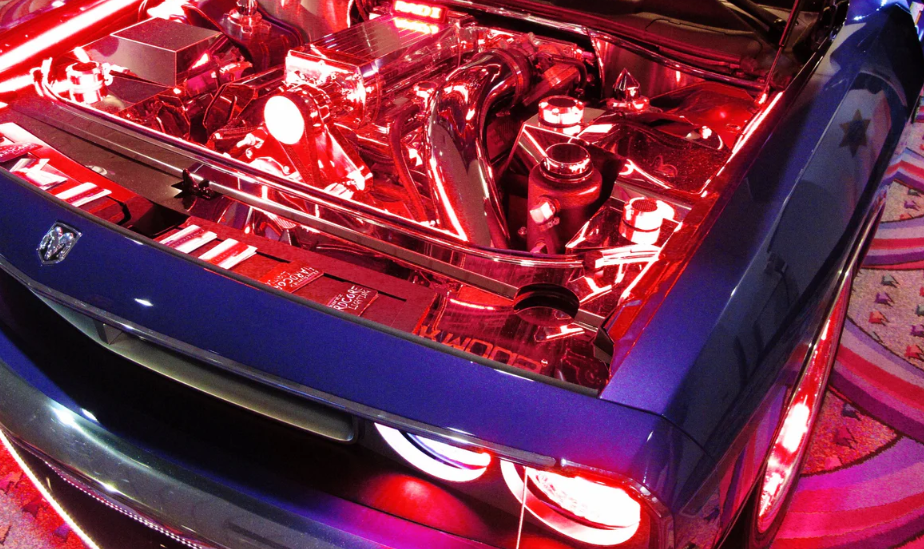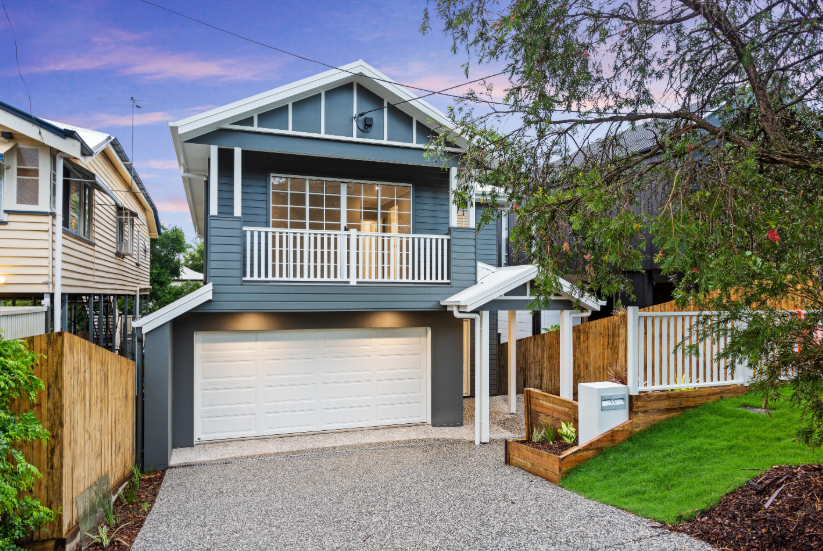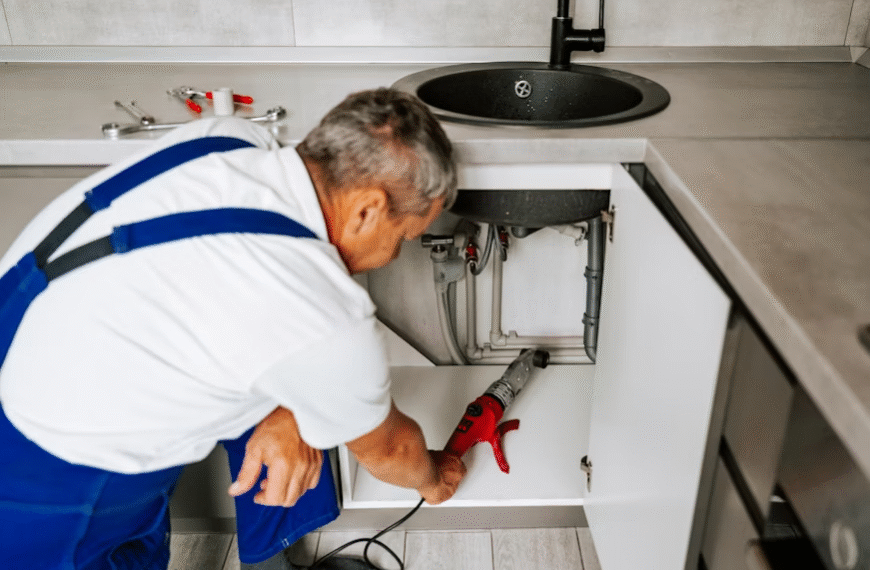Proper lighting in the engine room is essential for safe and efficient boating. Insufficient illumination can make routine inspections challenging and increase the risk of accidents. Traditional incandescent and halogen lights often struggle in these demanding environments, as they consume more energy, generate excessive heat, and have a shorter lifespan. LED engine room lights offer a modern solution, delivering bright, energy-efficient lighting that improves both safety and functionality. Discover the best LED engine room lighting options to upgrade your vessel’s visibility and safety today.
Why Visibility in Engine Rooms Matters
The engine room is one of the most critical areas on any vessel. It houses the machinery that keeps the boat running smoothly, and maintenance tasks often require precise attention to detail. Insufficient lighting can lead to missed leaks, loose connections, or even dangerous situations such as electrical faults or fuel spills. A well-lit engine room allows crew members to quickly spot issues and perform inspections safely, minimizing downtime and maintenance costs.
Advantages of LED Engine Room Lights
Switching to LED engine room lights brings several significant benefits compared to traditional lighting options:
1. Superior Brightness and Clarity
LEDs offer high-intensity light with excellent color rendering. This means that engine components are clearly visible, making it easier to identify potential problems. Unlike traditional lights that may cast shadows or produce a yellowish glow, LEDs provide bright, uniform illumination, reducing eye strain and improving overall working conditions.
2. Energy Efficiency
One of the most appealing aspects of LED lights is their energy efficiency. They consume significantly less power than incandescent or halogen bulbs, which is a major advantage on boats where energy conservation is essential. Using LEDs allows you to keep your engine room well-lit without draining batteries or overloading your electrical system.
3. Durability and Longevity
Engine rooms can be harsh environments with high temperatures, vibration, and exposure to moisture. LED lights are designed to withstand these conditions. They are more resistant to shocks and vibrations, and their lifespan often exceeds 50,000 hours. This durability translates to fewer replacements and lower maintenance costs over time.
4. Low Heat Emission
Unlike halogen or incandescent bulbs that produce significant heat, LEDs emit minimal heat. This feature is particularly important in engine rooms, where excess heat can exacerbate temperature-sensitive machinery and create uncomfortable working conditions. Cooler lighting also reduces the risk of fire hazards.
5. Versatility in Installation
LED engine room lights come in a variety of designs, including strip lights, panel lights, and spotlights. This allows for flexible placement to eliminate shadows and ensure even lighting throughout the space. Many LED lights are also waterproof or water-resistant, making them ideal for marine environments where moisture is a constant concern.
See also: Technology: The Driving Force of Modern Innovation
Key Considerations When Choosing LED Engine Room Lights
Before upgrading to LED lighting in your engine room, consider the following factors:
- Lumens Output: Ensure that the lights provide sufficient brightness for inspections and maintenance tasks. Typically, a range of 800–1,500 lumens per fixture is suitable for most engine rooms.
- Color Temperature: A cooler color temperature (around 5000K–6000K) mimics daylight, improving visibility and making it easier to identify potential issues.
- Waterproof Rating: Look for lights rated IP65 or higher to resist water and moisture.
- Energy Consumption: Verify that the LED system is compatible with your boat’s electrical setup to prevent overloading circuits.
- Durability: Check for vibration-resistant construction to ensure longevity in the engine room environment.
Installation Tips for Maximum Effectiveness
Proper installation is key to getting the most out of LED engine room lights:
- Plan Your Layout: Identify areas that require direct illumination and install multiple fixtures to minimize shadows.
- Avoid Direct Glare: Position lights strategically to prevent glare while working on sensitive components.
- Use Motion Sensors: Consider LED lights with motion sensors for automatic activation when entering the engine room. This adds convenience and helps conserve energy.
- Maintain Accessibility: Ensure that lights are easy to access for maintenance or replacement if needed.
Conclusion
Upgrading to LED engine room lighting is a bright idea for any boat owner or marine professional. With improved visibility, energy efficiency, durability, and safety, LEDs offer a clear advantage over traditional lighting solutions. Not only do they enhance working conditions in the engine room, but they also contribute to long-term cost savings and reduced maintenance.
Investing in LED lighting ensures that your engine room is not only well-lit but also safer and more efficient. Whether performing routine inspections, addressing repairs, or simply navigating the space, proper illumination makes a world of difference. By embracing LED technology, you’re taking a proactive step toward a brighter, safer, and more energy-efficient marine environment.


















